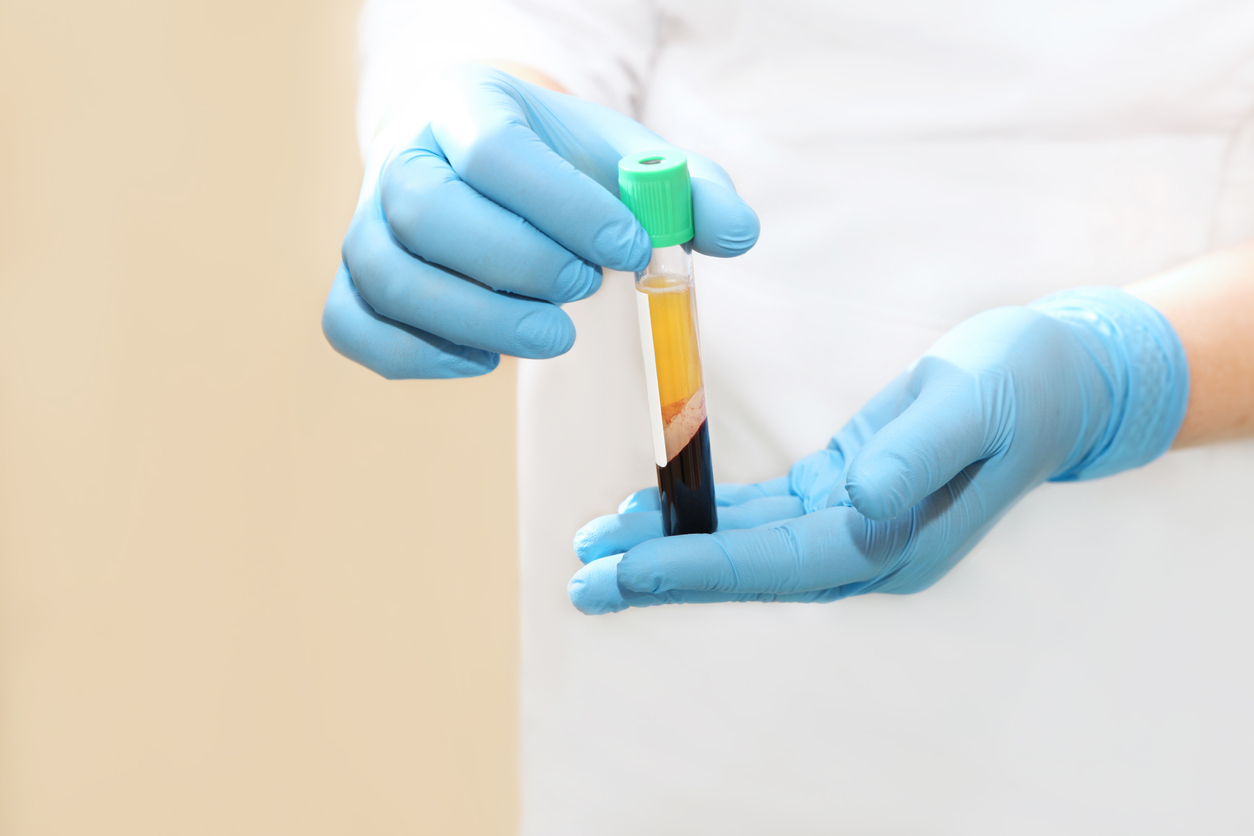
So, you’ve heard of platelet-rich plasma (PRP therapy and you’re now interested to find out how it can work wonders on your musculoskeletal problem. The best way to get started with the treatment is to visit an orthopedic doctor for a comprehensive evaluation.
Your orthopedic doctor will assess your symptoms, overall health, and other factors and order diagnostic tests to fully assess your injury or condition and to establish whether PRP therapy is indeed right for you. If you are deemed a suitable candidate for PRP therapy, your doctor will provide you with detailed instructions to help you adequately prepare for the procedure.
Here are the basics of PRP therapy to help set your expectations for this innovative treatment approach.
What the Treatment Involves
PRP therapy is a minimally invasive, in-office procedure whose goal is to harness your body’s ability to heal itself.
The treatment involves your orthopedic doctor obtaining a sample of your own blood then processing it in a centrifuge for about 10 minutes to separate the platelets from the other components. Platelets play a crucial role in tissue repair and regeneration.
After preparing the solution, your doctor will use a syringe to extract the platelets then inject them into and around the diseased or injured area to initiate your body’s healing process.
What to Expect After Treatment
It is common to experience some discomfort following PRP therapy, such as soreness at the site of injury, but this is temporary and should subside within a few days.
PRP therapy involves minimal downtime: you can return to your day-to-day activities immediately after the session, but just make sure to avoid strenuous activities for five to seven days.
Depending on the specific orthopedic problem you have and its severity, you may need up to three sessions administered two to three weeks apart, within a six-month period, to achieve the best possible outcome.
After your first or second session, you may already notice significant relief, but it may take three to four weeks for you to fully appreciate its effects.
Your orthopedic doctor will evaluate your symptoms and functional improvement every two to three weeks after each session to determine whether further treatment is necessary.
What Are the Benefits of PRP Therapy?
Studies show that a course of PRP therapy offers effective symptomatic relief up to 12 months.
The following are some of the specific benefits of PRP therapy for certain musculoskeletal problems.
- It helps delay or even eliminate the need for surgical intervention.
- It promotes healing the natural way- Research shows it can help shorten fracture healing time.
- It helps reduce reliance on oral pain medications.
- It is a great alternative to cortisone shots, which can have long term degenerative effects on the joints and tendons.
- It is autologous- It is derived from your own blood; therefore, there is little to no risk of rejection and other complications.
PRP Therapy in Austin, TX
If you live in or around Austin in Texas and want to get started with PRP therapy, visit us here at All-Star Orthopedics of Austin. Dr. Carolyn Hyde, our highly qualified orthopedic surgeon, offers PRP therapy and stem cell therapy as part of her commitment to helping patients successfully recover from their musculoskeletal problems the safe and natural way.
To schedule a consultation with Dr. Hyde, call us today at (512) 346-4933 or use this appointment request form.





